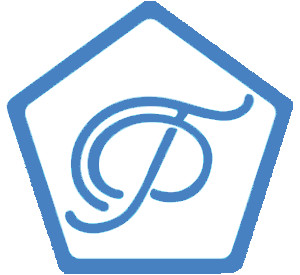As software engineers, we all strive to create high-quality software that not only meets the needs of our users but also stands the test of time. But how do we measure software quality effectively? In this blog, we’ll explore the essential aspects of measuring software quality, providing you with practical insights and actionable tips to enhance your software development process.
Defining Software Quality
Before diving into the measurement techniques, it’s crucial to understand what we mean by “software quality.” Software quality is the degree to which a software system meets specified requirements and user expectations while also adhering to industry standards and best practices. It encompasses various dimensions, including reliability, performance, security, maintainability, and usability.
Reliability: The Foundation of Quality
Reliability is the cornerstone of software quality. It refers to the ability of a software system to perform consistently and predictably under specific conditions. To measure reliability, consider metrics such as: [1]
- Mean Time Between Failures (MTBF): This metric calculates the average time between system failures. A higher MTBF indicates better reliability. [2]
- Fault Tolerance: Assess how well your system handles unexpected failures without causing complete breakdowns.
Performance: Ensuring Optimal Speed and Efficiency
Performance is another critical dimension of software quality. It relates to how well your software performs its functions within specified resource constraints. Key performance metrics include:
- Response Time: Measure the time it takes for your software to respond to user requests. Fast response times are indicative of good performance.
- Throughput: Evaluate the number of transactions or operations your software can handle per unit of time.
Security: Protecting Data and Users
Ensuring the security of your software is paramount. Security measures should be in place to protect user data and prevent unauthorized access. Metrics to consider include:
- Number of Vulnerabilities: Track the number of security vulnerabilities discovered and resolved over time. Fewer vulnerabilities indicate improved security. [3]
- Response Time to Security Incidents: Assess how quickly your team can respond to and mitigate security incidents.
Maintainability: Preparing for Future Changes
Maintainability focuses on how easy it is to modify and enhance your software. Software that is easy to maintain is more likely to remain reliable and adaptable over time. Metrics for maintainability include:
- Code Complexity: Use tools like cyclomatic complexity to measure the complexity of your code. Lower complexity often leads to easier maintenance.
- Code Churn: Track the rate of code changes and assess how well your team manages these changes without introducing new defects.
Usability: Enhancing User Experience
Usability is all about how user-friendly your software is. Furthermore, it’s not just about functionality but also how well users can interact with your application. Usability metrics encompass:
- User Satisfaction Surveys: Collect feedback from users to gauge their satisfaction with the software’s user interface and overall experience. [4]
- Task Completion Time: Measure how long it takes for users to complete common tasks within your software. Shorter completion times indicate better usability.
Conclusion
First of all, to effectively measure software quality, consider using a combination of quantitative metrics and qualitative assessments. Collaborate with your team and stakeholders to define clear quality goals and continuously monitor your progress toward achieving them. Additionally, invest in tools and automation that can streamline the measurement process and provide real-time feedback.
Finally, the goal of measuring software quality is not just to identify issues but to drive improvements and deliver software that exceeds user expectations. By consistently evaluating and enhancing the quality of your software, you’ll not only build trust with your users but also position yourself as a top-notch software engineer in today’s competitive industry. So, go ahead, measure, and elevate your software quality to new heights!





